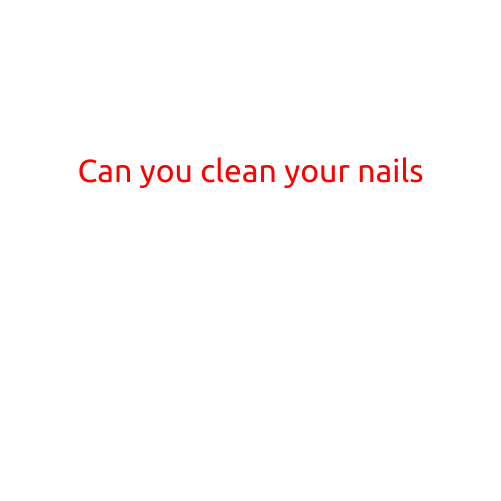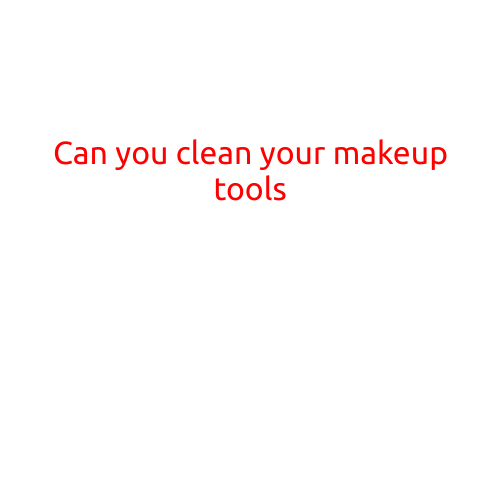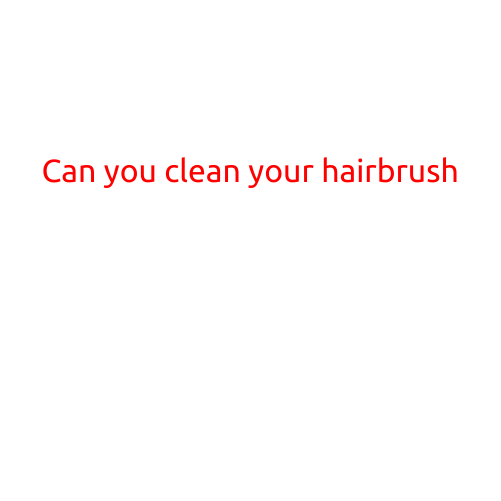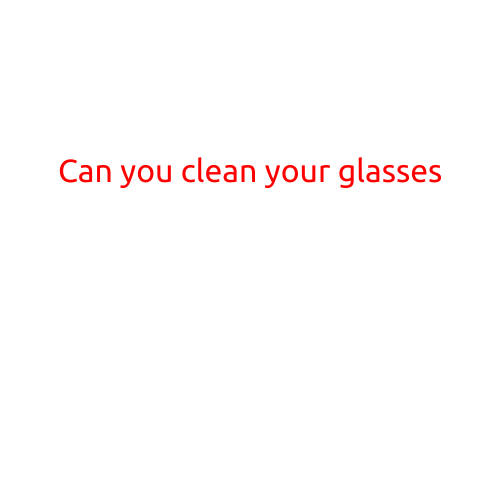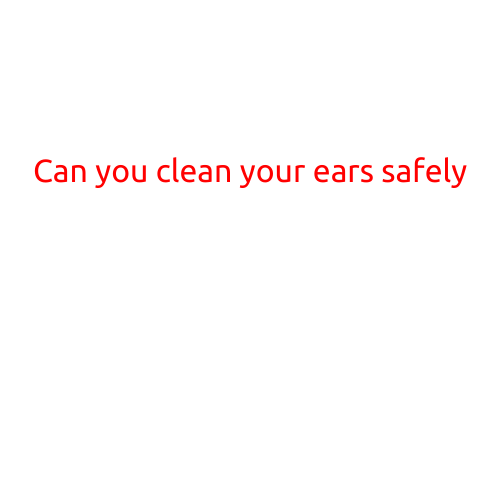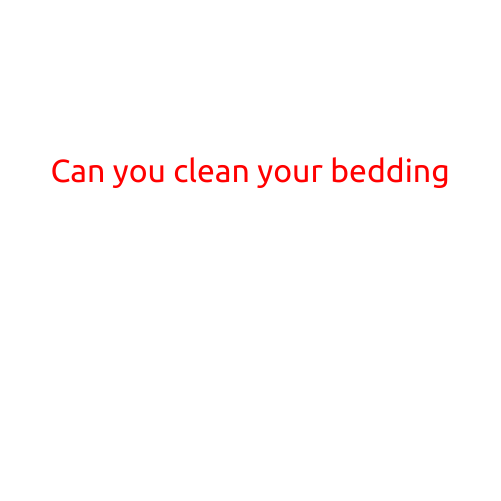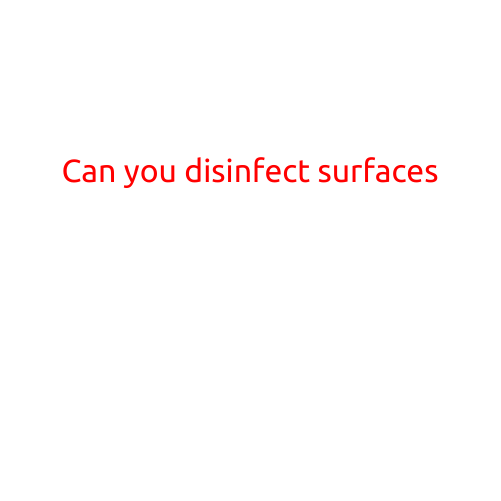
Can You Disinfect Surfaces?
In today’s world, it’s crucial to maintain cleanliness and hygiene, especially in high-traffic areas, public spaces, and households. Germs and bacteria can spread rapidly, leading to illnesses and infections. Disinfecting surfaces is an effective way to reduce the risk of contamination, but can you really disinfect surfaces, and how do you do it?
What is Disinfecting?
Disinfecting is the process of applying a disinfectant, a chemical or solution, to a surface to kill or inactivate microorganisms, such as bacteria, viruses, and fungi. Disinfectants work by damaging the cell membranes of these microorganisms, preventing them from multiplying and causing infections.
Can You Disinfect Every Surface?
Not every surface can be disinfectant-friendly. Some surfaces, like soft fabrics, wood, or unsealed stone, may be compromised by harsh disinfectants. It’s essential to choose the right disinfectant for the surface being cleaned to avoid damage or discoloration.
How to Disinfect Surfaces
- Choose the right disinfectant: Select a disinfectant that is specifically designed for the type of surface being cleaned. Check the label for instructions and compatibility.
- Wear protective gear: Wear gloves, goggles, and a mask to prevent exposure to harsh chemicals and potential allergens.
- Clean the surface: Pre-clean the surface with soap and water to remove dirt, grime, and debris. This helps the disinfectant penetrate more effectively.
- Apply the disinfectant: Follow the manufacturer’s instructions for application. Typically, this involves applying the disinfectant to the surface using a cloth, mop, or spray bottle.
- Let it sit: Allow the disinfectant to sit on the surface for the recommended amount of time, usually 1-5 minutes, to allow the chemicals to work effectively.
- Rinse and dry: Rinse the surface with clean water and dry it with a clean cloth to prevent water spots and bacterial growth.
Popular Disinfectants for Common Surfaces
- For hard, non-porous surfaces: bleach, quaternary ammonium compounds (quats), or hydrogen peroxide
- For soft surfaces or fabrics: gentler disinfectants like alcohol-based wipes or diluted bleach solutions
- For electronics: specialized cleaning products designed for electronics to prevent damage
Tips and Tricks
- Always read and follow the manufacturer’s instructions for the disinfectant and specific surface.
- Avoid mixing disinfectants or other cleaning products, as this can create harmful chemicals and ineffective cleaning.
- Regularly disinfect touchpoints, such as doorknobs, light switches, and countertops, to prevent the spread of germs.
- Disinfect surfaces at regular intervals, especially in high-risk areas like hospitals, schools, and daycare centers.
Conclusion
Can you disinfect surfaces? Absolutely! With the right disinfectant, knowledge of proper application, and attention to surface types, you can effectively reduce the risk of contamination and keep surfaces clean and hygienic. Remember to choose the right disinfectant for the job, follow manufacturer’s instructions, and take necessary precautions to avoid exposure to harsh chemicals. By following these guidelines, you can keep your home, workspace, and community a healthier and more germ-free environment.
